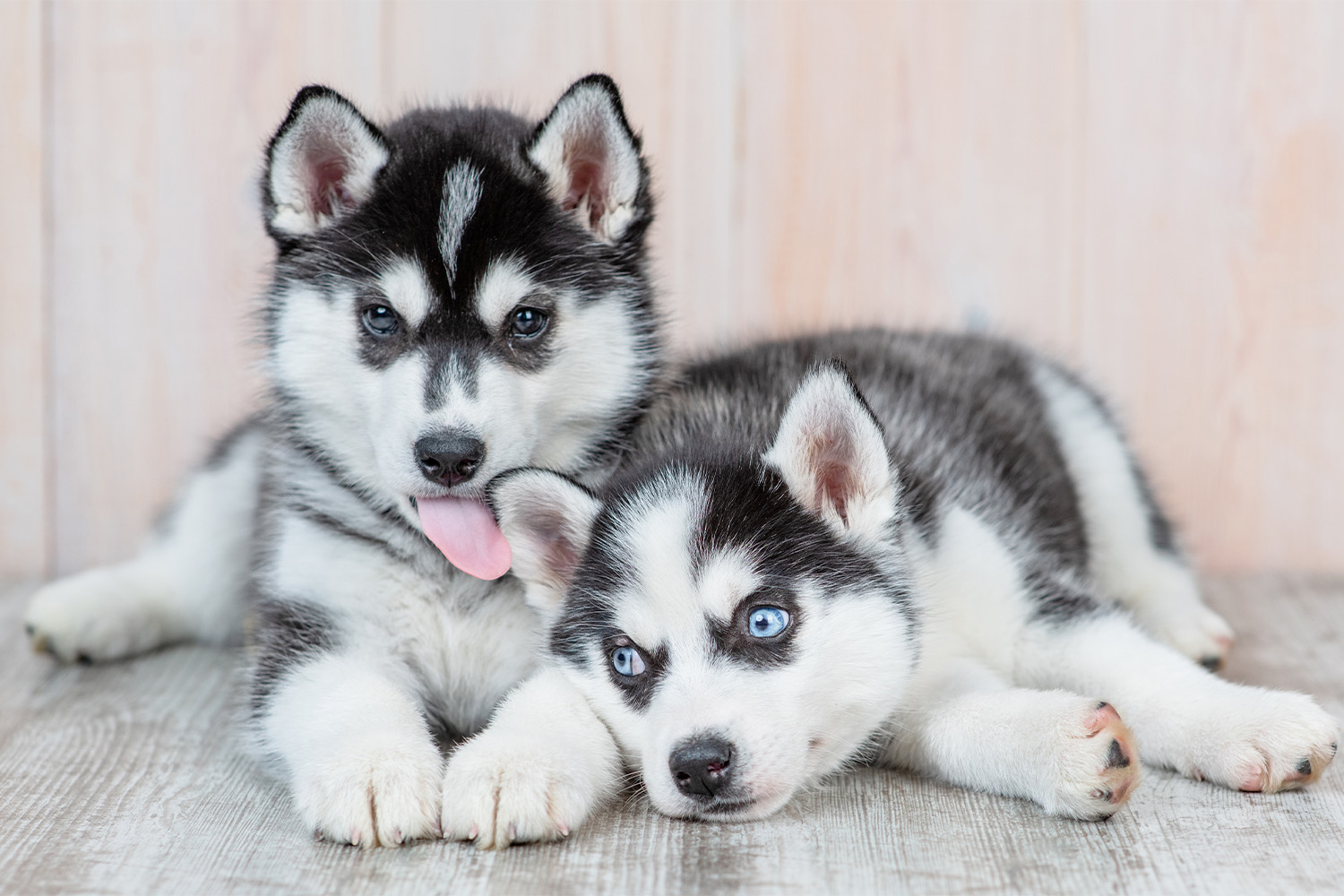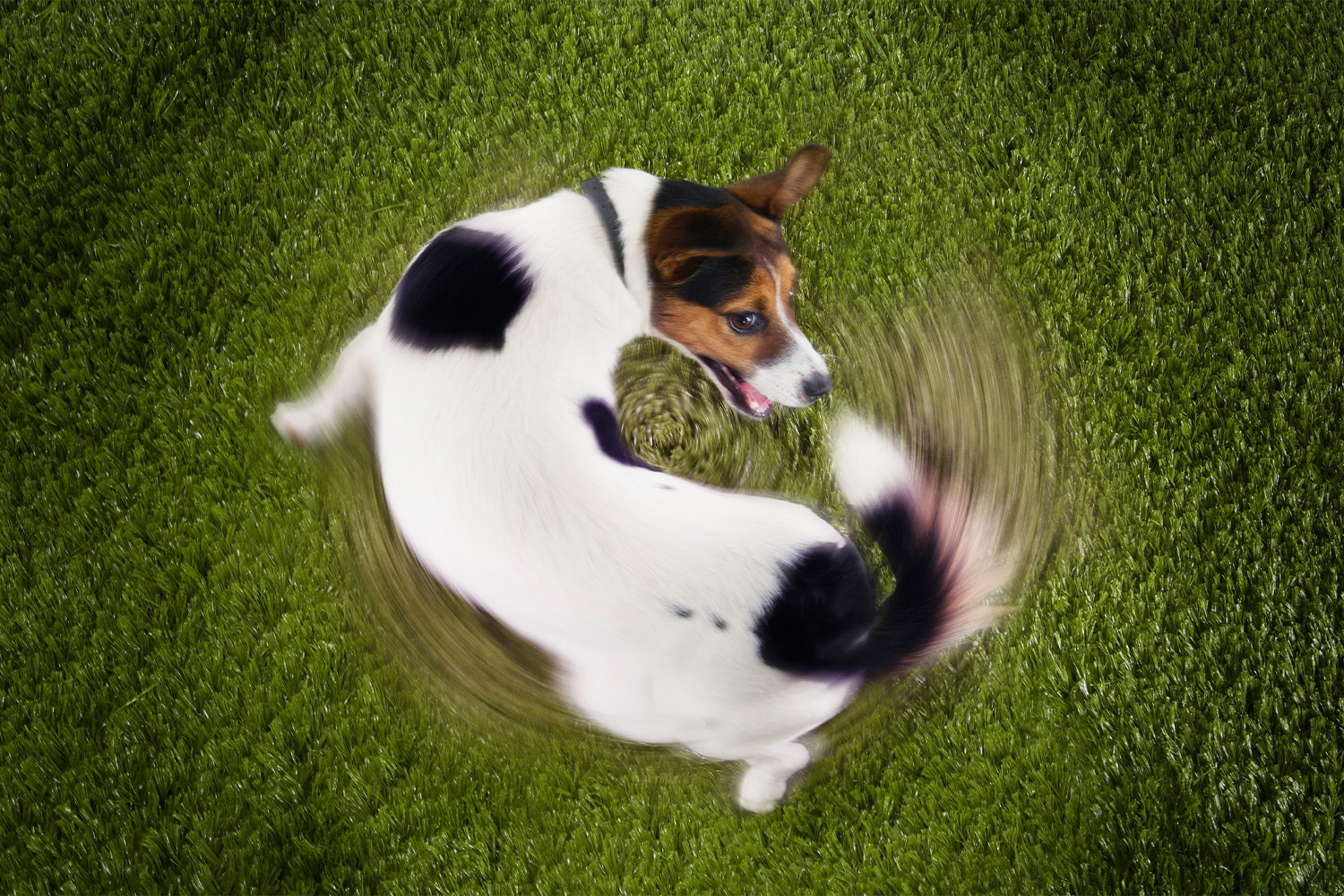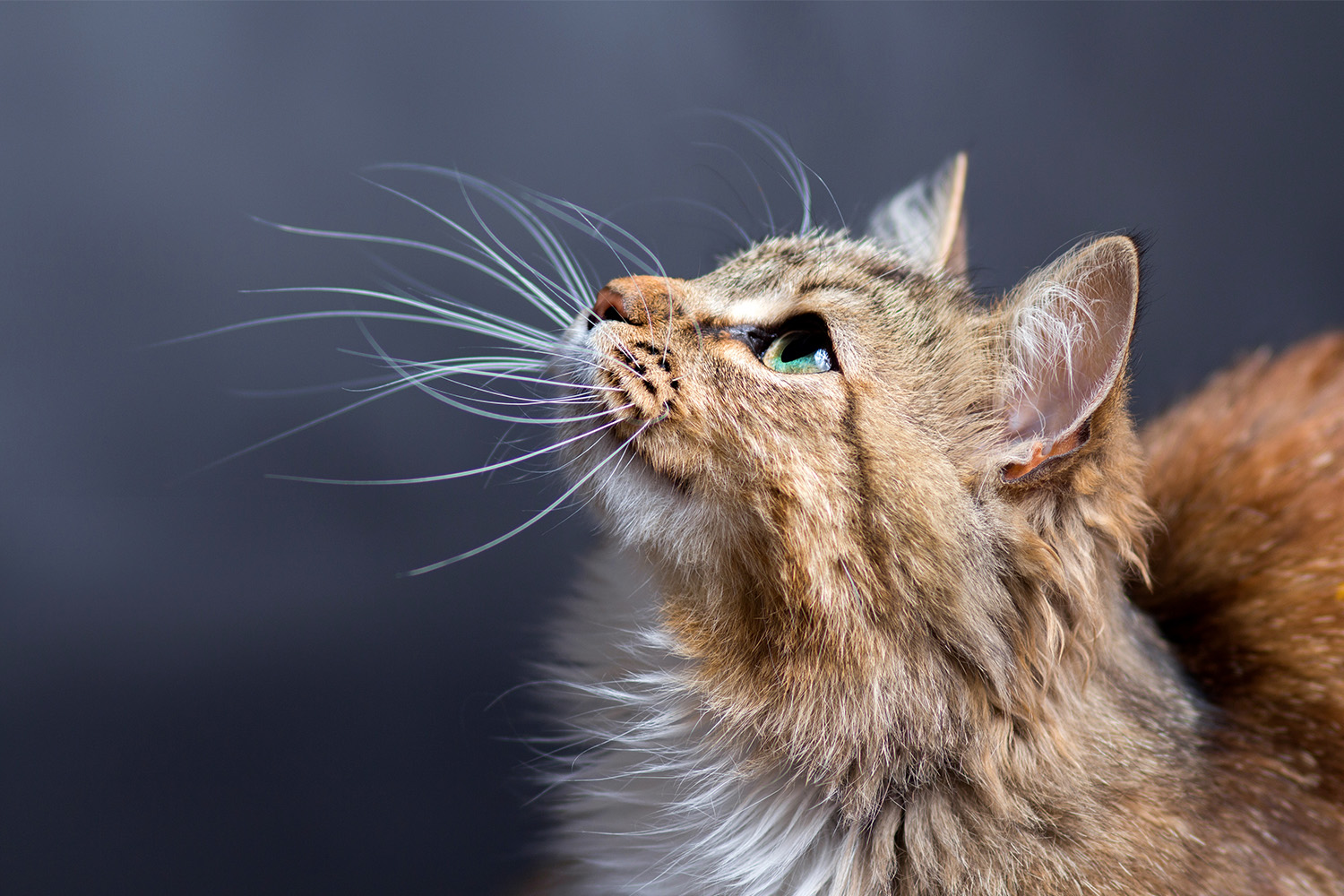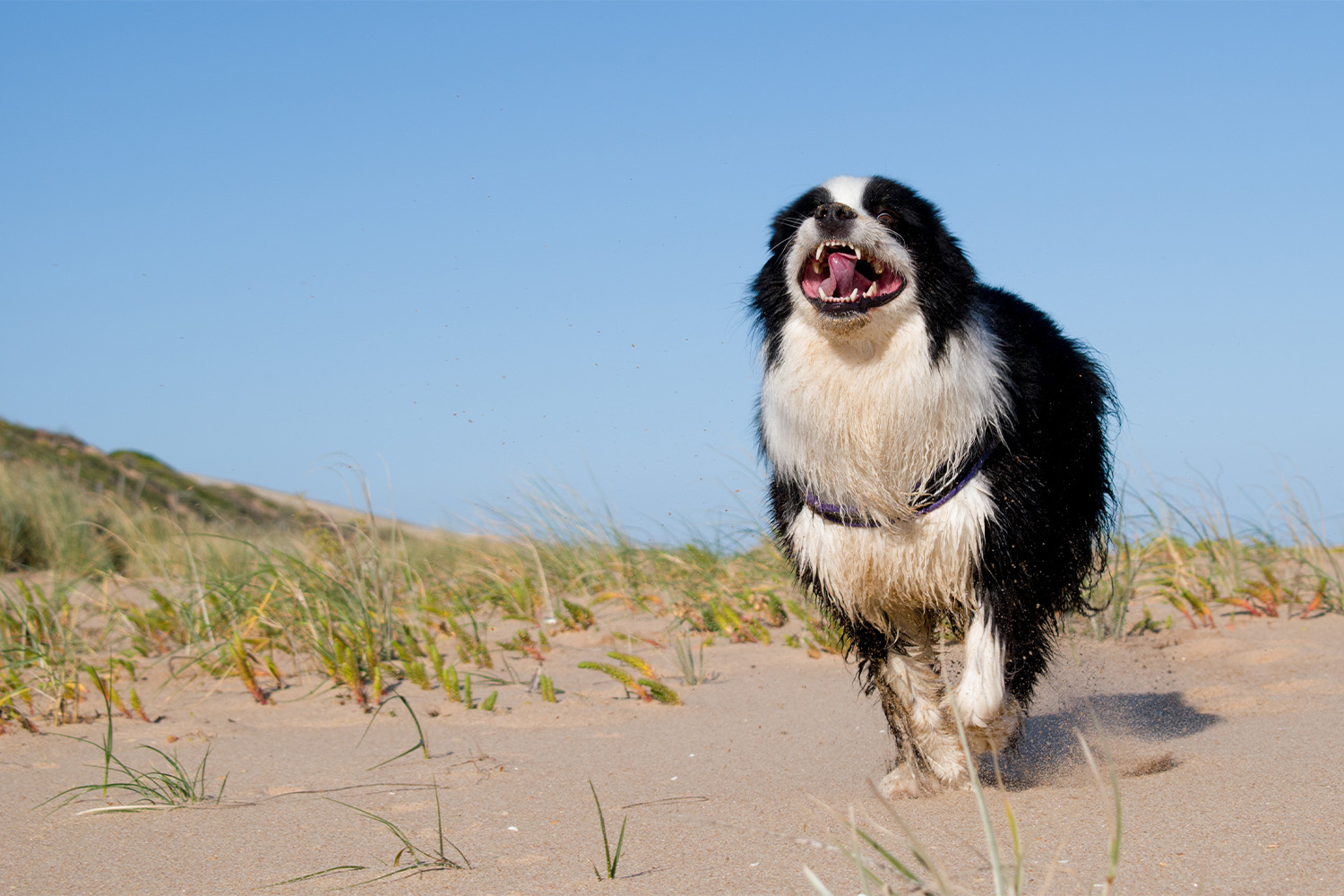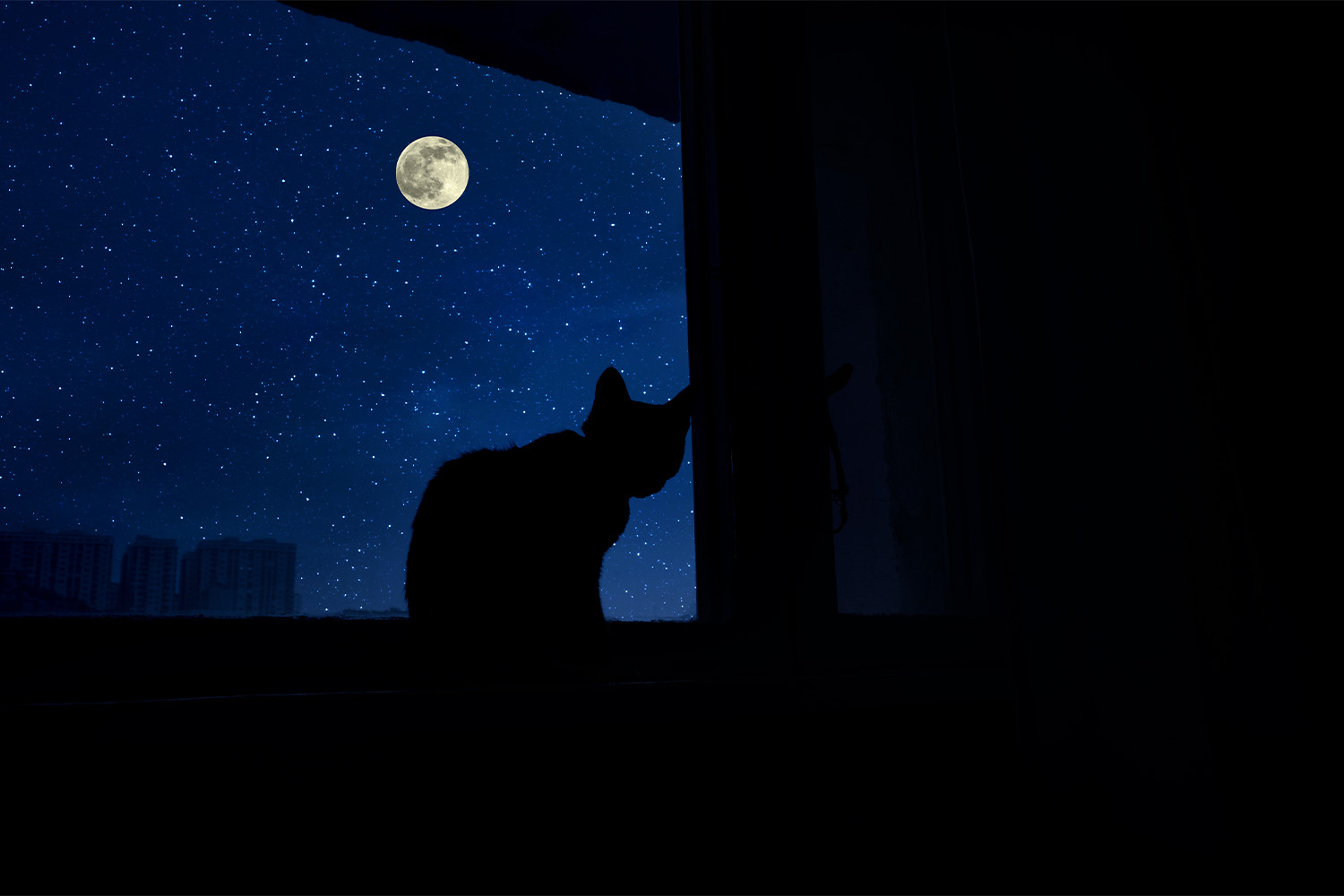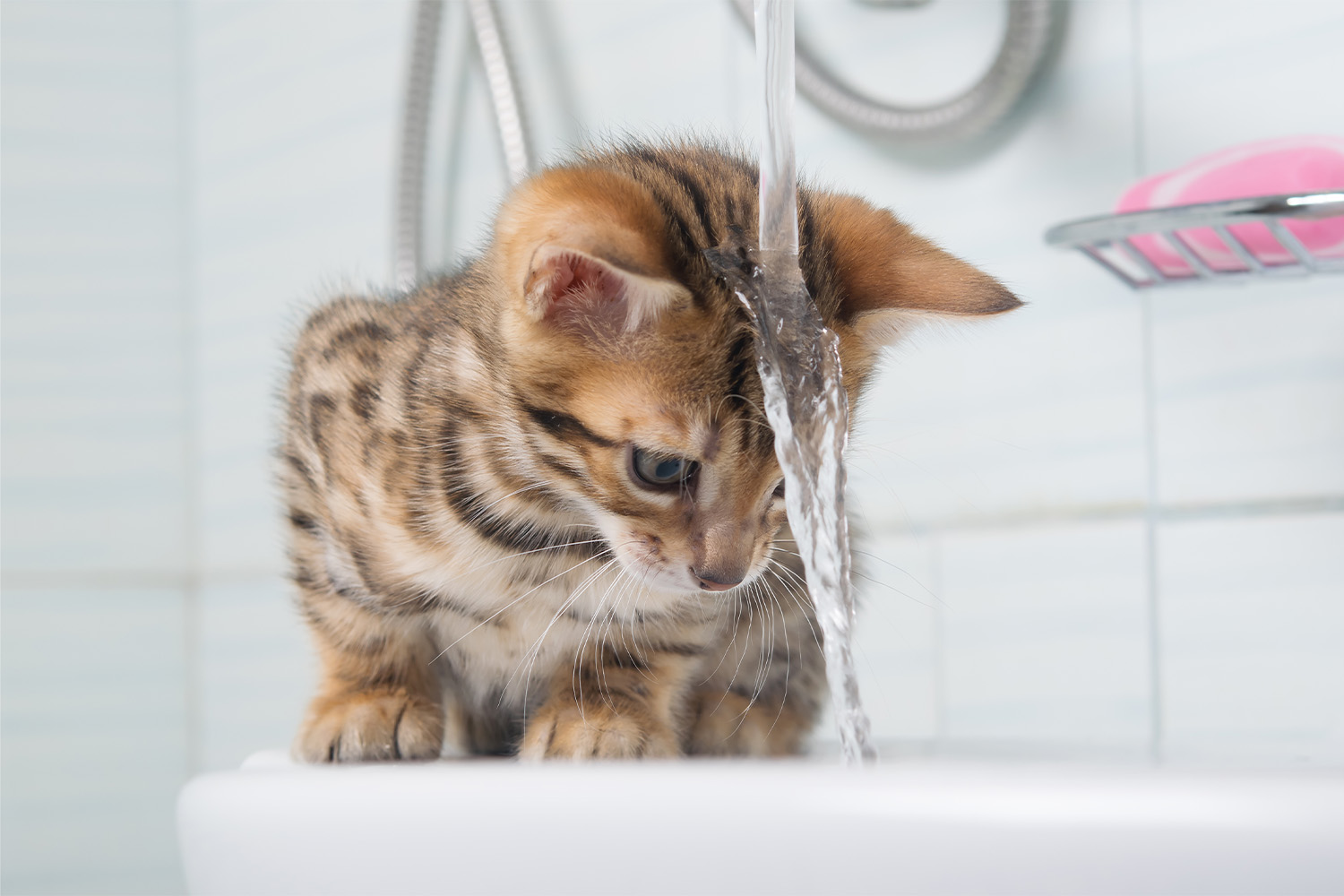In order to be a good husky pet parent, you need to be willing to spend time each day training your pup. This is a breed that is often recommended for skilled and knowledgeable dog lovers who have the time and want to put a lot of work into their dog. While they are regarded as great dogs with loads of energy and unique, quirky personalities, they are not meant for beginner dog people.
A husky is a dog with plenty of drive and deep ancestral roots. Prepare yourself for loud banter, karaoke nights that involve no music, lots of walks, daily grooming, so much physical activity that you might be able to cancel your gym membership, and a new best friend.
Training a husky puppy is essential. With early intervention, you can gain your dog’s respect and lead them to live a fulfilling life. Huskies can get bored and need to stay entertained for the majority of the day so that they don’t begin misbehaving.
If you’re new to having a husky in your life, keep reading to learn tips and tricks on how to train your pup in no time.
Background of a Husky
Huskies are one of the easiest breeds to recognize in public. They are a beloved dog breed that is famous for their bright blue eyes, thick coats, curly tails, and sing-song voices.
Husky pet parents also know that huskies are the number one escape artists of dogs and can have an independent streak. They are generally not considered ideal dogs for beginner pet parents. But if you are familiar with huskies, you have a wonderful chance at providing a loving and entertaining household.
Physical Traits
Huskies are considered a part of the working dog breed group, meaning that they are high-energy and need plenty of one-on-one time in a day to feel fulfilled. They are usually medium-sized, weighing between 35 and 60 pounds, with females being slightly smaller.
However small yours might be, huskies are extremely strong and powerful. They can pull sleds, so without proper leash training, your husky will likely pull you on every walk you go on.
Huskies thrive in colder weather because of their thick and dense coats. They will want to lay out in the snow for hours and might not listen when you call for them to come back inside. They have long life spans, so teaching them proper behaviors early on can ensure that the next decade of your life isn’t in complete chaos.
Personality Traits
Huskies have personable and friendly personalities, but this also means that they can come across as easily excitable and just a bit crazy (in the best way, of course). They are filled up to the brim with zoomies and will sing and talk with you all night long if you allow it. Meeting new people can be very exciting; huskies love to jump up to get as close as possible to new friends.
They are quickly bored and will look for anything to destroy if they don’t meet all of their needs. They are often stubborn — but also highly intelligent. They like to have a task, and once they finish it, they will be looking for another.
A husky needs consistency to be successful. They need a person who will put significant time and effort into them. If you can make training interesting and rewarding, your husky will be quick to learn. As much as they like to be independent, making their parents proud is still high on their list of goals.
How Should You Train a Husky?
Everyone might have their own opinion on how to train a high-energy breed like a husky. Depending on factors such as where you live, what kind of outdoor access you have, and what your job is, your training might look different from someone else’s.
To be fulfilled, huskies will need both physical activity and mental stimulation. Typically, an hour of outside physical activity is necessary for your husky to get the majority of their energy out. This might look like three 20-minute walks a day or a few miles of walking before or after work. If you are someone who works long hours and is rarely home, a husky might not be the best idea, as they do require a lot of attention.
Take into consideration your huskies temperament and personality when training. You’ll see better results if you work with your husky’s quirks rather than try to eliminate them. Training a husky will take mental and physical energy from you yourself, so be sure to stay patient and take time for your own breaks.
Establish a Hierarchy
Huskies are self-assured and don’t love listening – especially to people they don’t know. You need to establish yourself as the leader so that your husky understands they need to respect you. Huskies often pick one or two people to look up to, and most others will find themselves having a hard time getting your husky to listen to them. If you aren’t a husky’s parent, don’t expect them to respond well to you.
Trying to establish yourself as the leader of a puppy is easier than to an adult husky. Your puppy will instinctively look for someone to look up to, and that individual should be you. Huskies are bred to live in packs and thrive when a boss makes themselves present.
Practice Positive Reinforcement
Having a husky means that you have to be patient. They may be destructive and independent, so don’t be surprised when they simply ignore you and refuse to listen to your commands. Staying calm, cool, and collected will give you the best opportunity to teach your dog what the correct behavior is and what is unacceptable.
There is no such thing as a good punishment. Frankly, your dog doesn’t understand why they’re being punished, just that they are. It doesn’t fix any of their behaviors and instead reinforces poor behaviors. That, or you’re likely to send confusing signals to your dog, creating a rift in your bond.
Instead, reward your dog whenever they listen to your commands. Give them a treat when they obey your command and spend 15-minute intervals doing this several times a day. Your husky is going to be intelligent, so learning new things might be exciting for them. Followed up with a treat, and your pup is in heaven.
Crate Train Your Pup
Huskies can become destructive when they get bored or are left home alone. Some huskies can get pretty bad separation anxiety, so the safest option for leaving your dog at home is to crate-train them. This may be a battle, and your neighbors might dislike you for a while, but leave them a nice note and some noise-canceling headphones, and they should be fine! (While you’re at it, you might want to get some for yourself.)
Huskies sometimes put up a fight when it comes to their crates. They are dogs that like to be free, and we can’t blame them for that… but you can blame them when they destroy every pair of your favorite shoes after being left home alone for an hour.
When crate training is done properly, the crate becomes a safe space for your husky. It’s a place they can take naps if they need one or go if they are feeling anxious due to a thunderstorm. You can feel safe knowing they are contained and can’t get into anything that can hurt them while you’re away.
Embrace Their Vocality
Your husky is going to find their voice quickly. They might cry at night or during the day while in the crate, but they will surely talk back to you, and they will sing you songs even if you aren’t interested in hearing any. Huskies are an ancient breed, and their voices reflect their ancestral roots. It’s also the easiest way for them to communicate with people.
You can’t take the vocabulary out of a husky, but you can teach them when it’s an acceptable time to use their voice. Giving them a “Speak” command can teach your husky when you’re welcoming of their howling and when you aren’t.
You will want to teach your dog the “Quiet” command so that they can distinguish between when you want them to bark and when you need them to be quiet. Reward them when they listen to you (and maybe give yourself a pat on the back too).
Safety Tips
Huskies are big and powerful dogs, no matter how loving and goofy they are with your family. They typically have pretty good temperaments within families, but they take a while to recognize their size and strength.
You will want to teach your husky a “Halt” command so that they stop and sit when you ask them to. This can prevent them from knocking into objects or children and doing serious damage. You should also teach them a “Down” command so that they don’t jump on people and knock them over.
“Stay” and “Come” are other essential commands you should teach your husky to ensure the safety of them and others. You don’t want your husky charging at a new person trying to greet them, and the goal is to have them be as calm as possible.
Plus, if they are ever off-leash, they need to know the “Come” command so that they don’t run off and get themselves lost. Just in case, keeping a One Pet ID current with your information is always a smart bet.
Connect with Other Husky Lovers Through AskVet
Raising a husky can take a whole village. Talking with other husky parents and with people who have high-energy dogs can help you become aware of tips and tricks for you to try. Every dog is going to be different, but it’s helpful to know there is a community where you can feel comfortable and confident asking questions and seeking solutions.
With AskVet, you can get answers to questions you may have about your husky, but also connect with the AskVet Clubhouse to gain more knowledge from other pet parents.
Your husky will be fulfilled and happy if you put in the work to train them properly. Having a husky is one of the best things that you can do, as long as you raise them with the goal of giving them the best life possible. And when a question pops up — about your husky, your Siamese cat, or your betta fish — simply log onto your AskVet account to schedule a virtual chat with a Certified Pet Lifestyle Coach™.
Sources:
Description Of Breed Ancestry And Genetic Health Traits In Arctic Sled Dog Breeds

